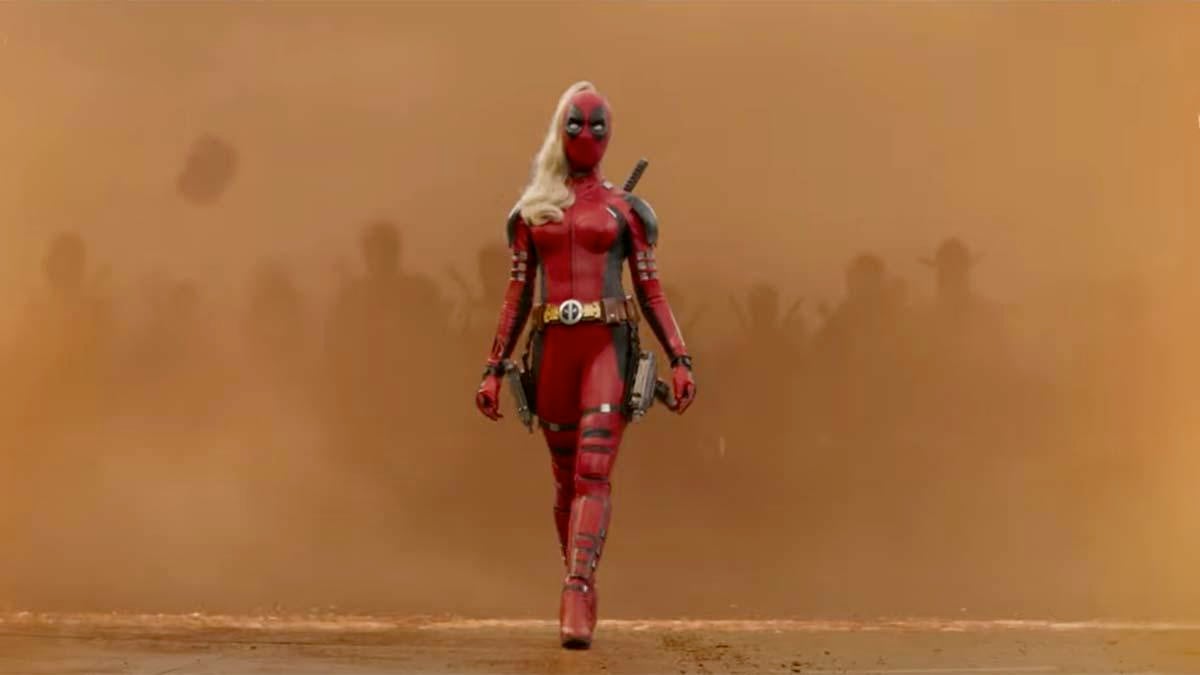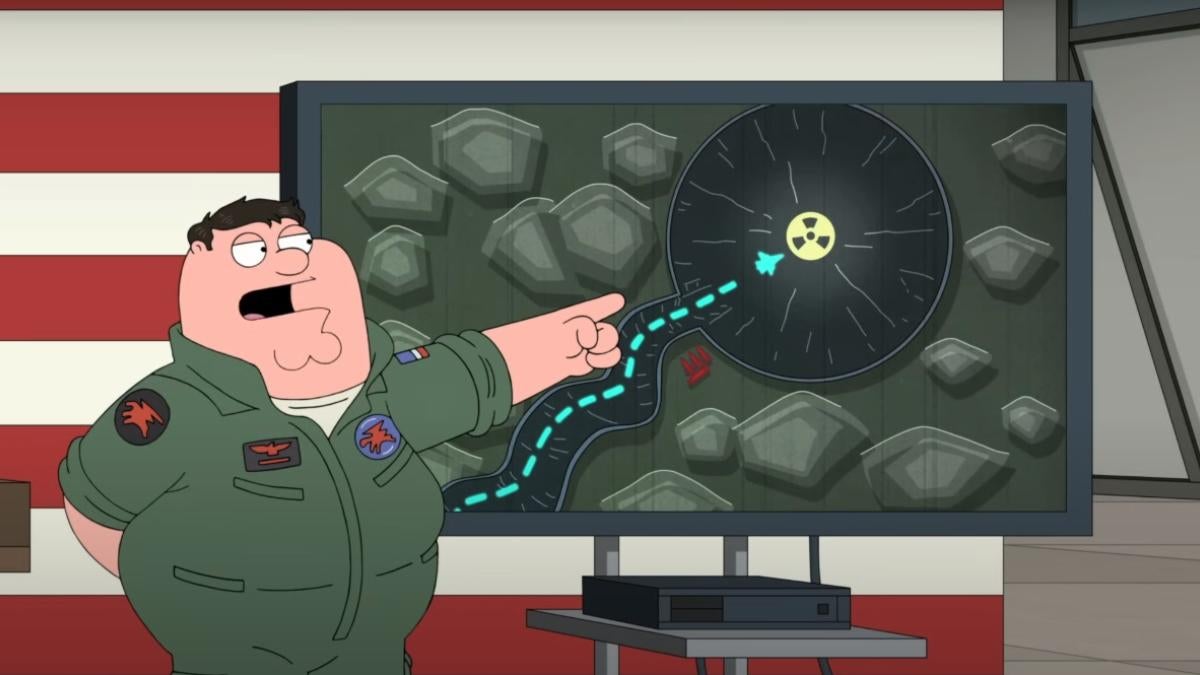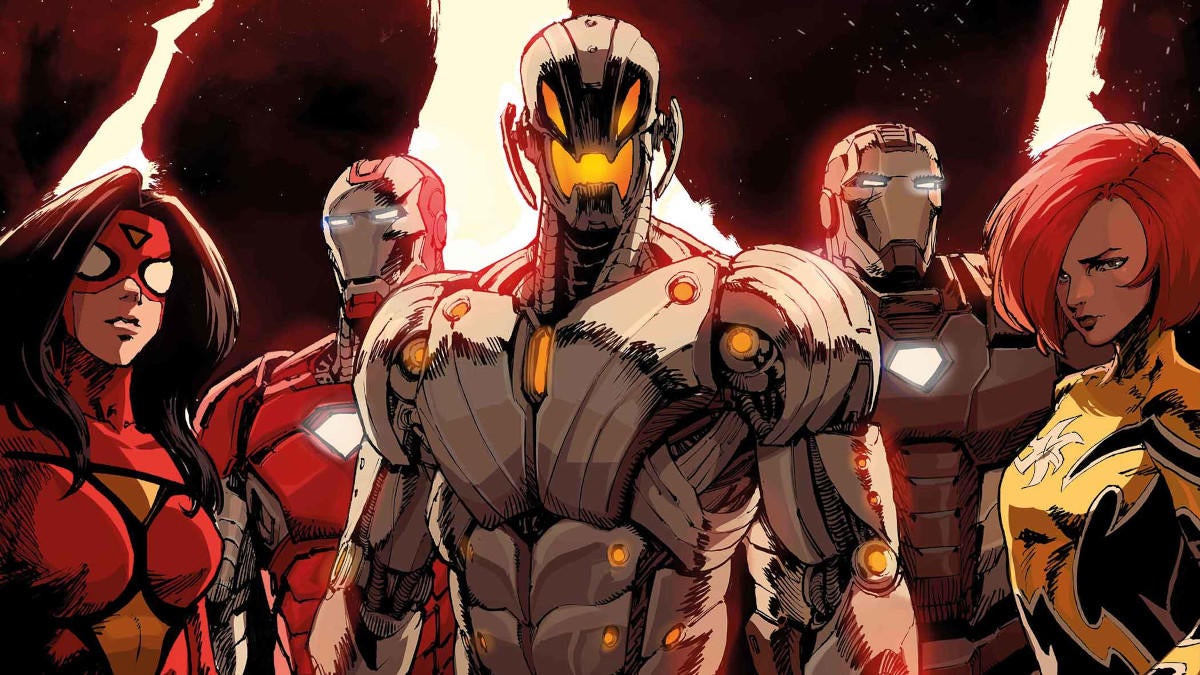Superman: Red & Blue #1 Review: Seeking the Man of Steel's Heart
Superman: Red & Blue #1 extends DC Comics’ current fascination with anthology publications, [...]

Superman: Red & Blue #1 extends DC Comics' current fascination with anthology publications, specifically those containing short stories in a limited color palette like Batman: Black & White and Harley Quinn: Black + White + Red. With the announcement of Wonder Woman: Black & Gold, the time was right for DC's original superhero to step out in his primary colors.
The first issue delivers 5 new 8-page stories set outside the confines of continuity, each attempting to make a clear statement about who Superman is and (perhaps, more importantly) why he means so much to superhero fans. They are curated from some of the most talented artists and writers working in the genre today, and deliver a consistent level of quality in the telling. With such limited space and big ideas to pursue, the results are mixed. There is at least one outstanding contribution to Superman lore in this debut and all of the tales provide varied and excellent line work from the artists involved. However, the approach to such brief tales often take shortcuts that undermine the noble intentions of these works.
It's easier to unpack both the successes and pitfalls encountered when tackling a modern legend and all he represents with 8 pages, 2 colors, and the unlimited possibilities of the comics form:
"Untitled"
The opening story of Superman: Red & Blue is also its weakest entry as it attempts to redefine the character of Superman into a disconnected narrative. Months of imprisonment and torture are barely addressed in order to present a specific confrontation occurring in the wake of such trauma. It's a counterintuitive approach to the short story form and one that is baffling in its execution given the anti-climax presented at the end. Writer John Ridley approaches very real evils in the world, ranging from authoritarian abuses behind the Iron Curtain to modern slavery under capitalism, and manages only to summon a bromide about "caring" that is entirely insufficient to address the very topics this story twists itself into knots to raise. Despite artist Clayton Henry's keen linework and presentation of so much information, this story's leading position poses a challenge to embracing the much more coherent and considered work that follows.
"The Measure of Hope"
Writer Brandon Easton and artist Steve Lieber provide a much more humane tale emphasizing a single (inevitable) failing. It fits naturally into the Superman mythos while acknowledging the systemic issues that cause so much human misery, and understands that there is no easy solution to these, even with godlike powers. Even fitting into the trope of "how does Superman address real problems?" that turned past stories like "Grounded" into trainwrecks, this one offers an ending that is solemn, hopeful, and imbued with humanity by Lieber's figures and facial expressions. The abbreviated space causes issues in how it shapes the new characters who are forced to speak broadly in presenting both their own narratives and philosophy—in a fashion unlike any observed human speech. Despite this notable fault, "The Measure of Hope" won't leave a bitter taste with readers.
"The Boy Who Saved Superman"
Wes Craig's work on "The Boy Who Saved Superman" serves as the issue's literal and emotional climax—the clear stand out work from a collection of talented creators. It benefits from focusing on a single moment and allowing the associated themes and ideas to be interpreted by the reader. That isn't to suggest it's a subtle tale by any means as it focuses on a past battle against a Kirby-esque monstrosity and the essential intervention of a young refugee struggling to make a new life in Metropolis. Any person who is involved with refugee communities in the United States can speak to the honesty of this presentation—the will power and optimism that can also be seen in so many Superman stories. That connection and the heroic efforts of Abdi El-Kahl are on-the-nose, but only in the same fashion that most beloved superhero stories are. The frenetic action and calm reverie alike are played out perfectly in Craig's style and deliver a final moment that speaks to Superman's own status as a refugee and how this fantastical being speaks to very human inspirations.
"Human Colors"
Dani's artwork in "Human Colors" is the only entry that comes close to challenging Craig's impressionistic impact in the most visually driven story of Superman: Red & Blue #1. Dani and writer Dan Watters play with the limited color palette by imagining a world without color. It's an inspired use of stark line work and an incredible design for a new character from the fifth dimension. A meditation on the missing colors themselves, both red and blue, strays into the telling territory that often dehumanizes characters, but is instead presented as a reverie and the internal monologue makes it work beautifully with the final pages colored by Dave Sharpe. They create a space to speak to the complexity that earlier stories strive to capture, but offer a much clearer idea of why nuance is necessary when addressing life's greatest challenges.
"The School of Hard Knock-Knock Jokes"
Artist Jill Thompson and writer Marguerite Bennett deliver a sweet final story that serves as a purposefully adorable digestif at the end of this collection. Focusing on Clark's childhood in Smallville, specifically his very first days at school, creates space to focus on both mundane situations and ones that cannot be solved with superpowers. There are moments here, too, when children and adults serve as delivery mechanisms for ideas, speaking without much a human voice, but the overall sentiments and the beautifully illustrated depictions of children at play are powerful enough to make that eagerness to define "good" much more easily overlooked.
"The School of Hard Knock-Knock Jokes" provides a nice ending for an anthology issue that finds its footing in later entries. Flaws of bluntly stated themes, excessive ambition, and a lack of catharsis pervade the first tale, "Untitled," and can be witnessed throughout the collection. Yet after the first installment, most of these stories rise above the difficulties posed by telling such big tales in such limited space to find the heart and feelings that make Superman an inspiration. "The Boy Who Saved Superman" and stories like it still provide a strong sense of what human beings are capable of achieving and why Superman believes in us; that makes it the sort of Superman anthology I anticipate following for many issues to come.
Published by DC Comics
On March 16, 2021
Written by John Ridley, Brandon Easton, Wes Craig, Dan Watters, and Marguerite Bennett
Art by Clayton Henry, Steve Lieber, Wes Craig, Dani, and Jill Thompson
Colors by Jordie Bellaire, Ron Chan, Wes Craig, Dani, and Jill Thompson
Letters by Dave Sharpe, Clayton Cowles, Deron Bennett, and Troy Peteri
Cover by Gary Frank and Brad Anderson




